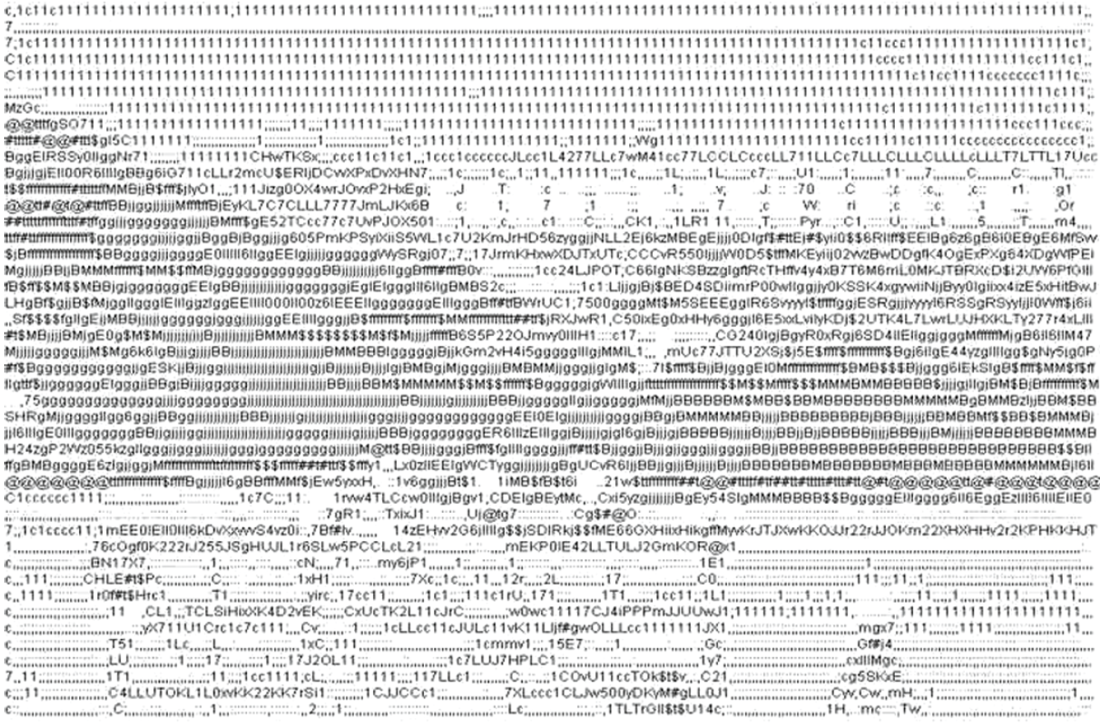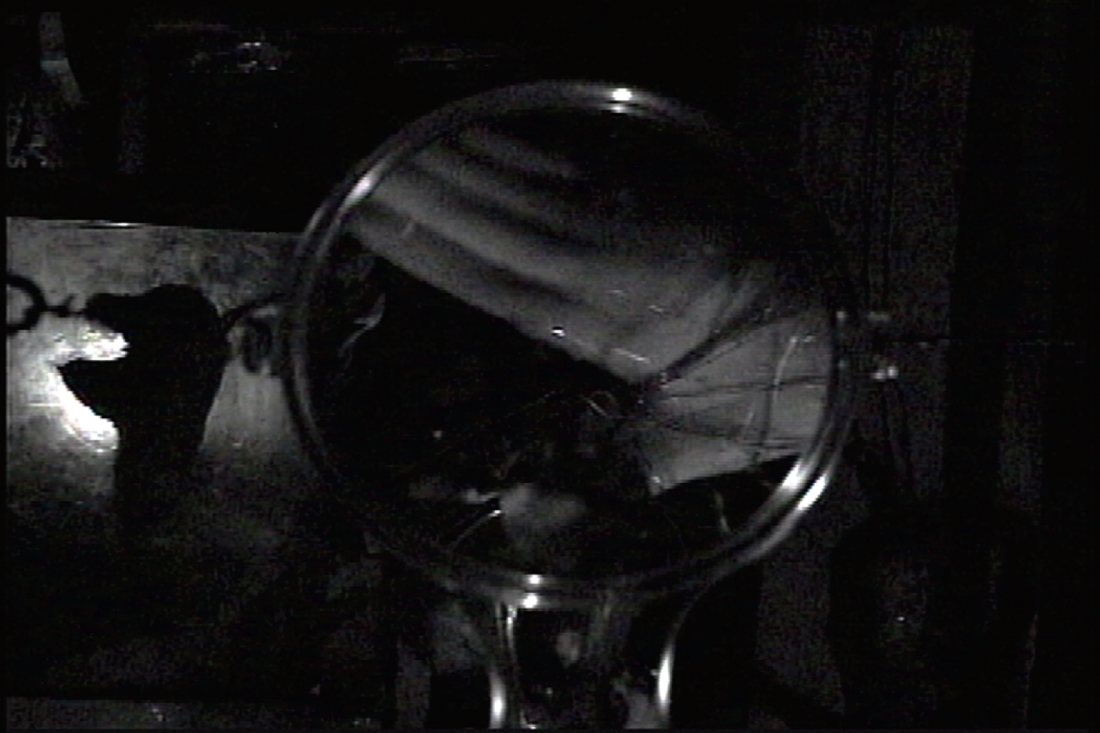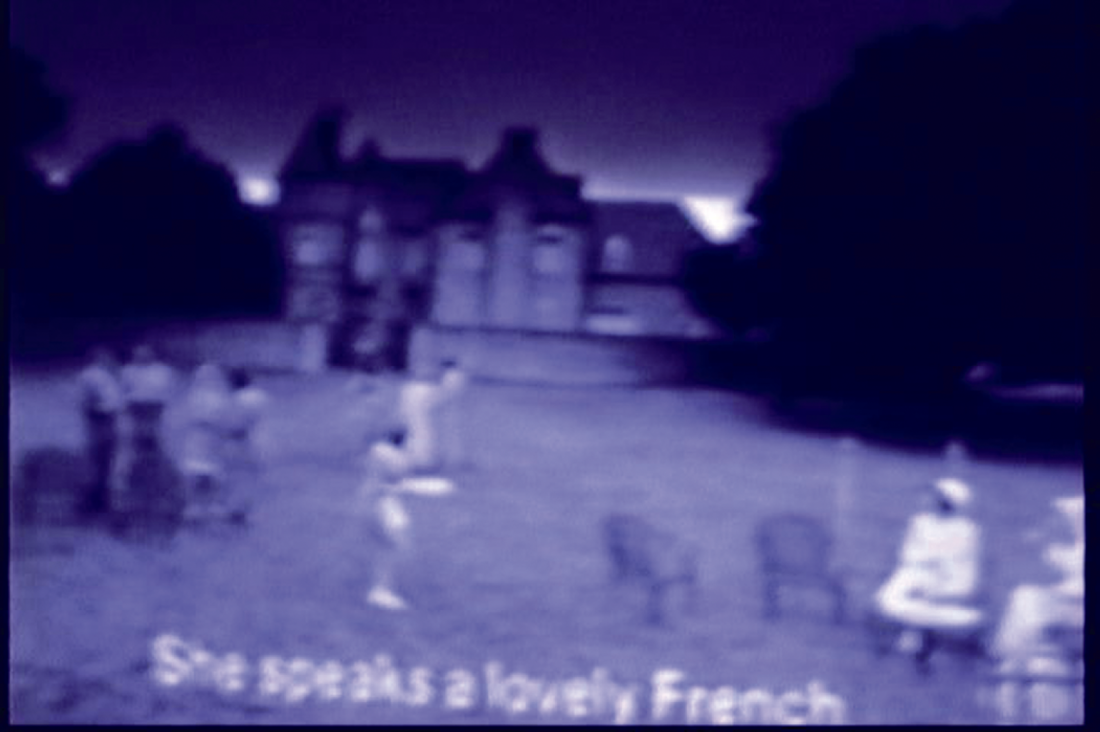Video Pool Media Arts Centre
30th Anniversary Screenings
The inherent irony in the accessibility of video is that it has remained, up until recently, a medium many inhabit but with which very few work in a critical way. With the onslaught of iPhones and other hand-held personal devices, engagement with the medium has become omnipresent but even less critical; it is at once democratized and alien. Perhaps the same can also be said for artist-run culture. Video Pool Media Arts Centre is an organization which consists of production, distribution and programming activities. In their 30th anniversary year they assembled a series of four screenings that took place throughout June with a different curator in charge of each: Alex Poruchnyk, Tom Kohut, Jenny Western and Daniel Barrow. With the exception of Jenny Western, those chosen to program these screenings are insiders—that is, video makers, artists and not curators. (Kohut, though known as a critic, has worked with Video Pool for a number of years now, so his knowledge is as intimate as any artist working in the medium).

Clint Enns, The Death of Natural Language, 2007, video still, 3 min. 08 sec., ascii animation, a technique devised by the artist.
It is precisely this intimacy that allows for an experimental video artist (not to mention grandfather of Video Pool) like Poruchnyk to focus his selection on the quality and attention paid to something like sound, in an array of titles from the 1980s, ’90s and ’00s. One would think Poruchnyk’s selection would relate back to, and reinforce, his ties to the organization—a founding member, long-term board member and consistant supporter, he could have easily run together a top-hits from the ’80s and few of us would blink an eye. However, he surprised all by gathering a rigorous and inspired selection that ran the gamut from experimental and performance-based works, to quiet, reflective animations, to raucous and tawdry little numbers. Indeed, Poruchnyk’s screening was informed by the understanding that a centre like Video Pool really caters to such a diverse community of producers/artists, so why not focus on a significant element like sound as a navigational tool? This was perhaps best exemplified in the work Humming Experiments: The Moon in June, 1997, by another Video Pool veteran, Val Klassen, whose static shot of a solstice moon seen first through the trees and then reflected off a body of water is meditative and dreamlike, allowing for the image to recede into a weight of aural magnitude. With curatorial acumen The Moon in June masterfully segues into the flickering candle that opens Victoria Prince’s The General, 2001. Prince’s trademark eerie set and near perfect mixed technique, which includes stop-motion object animation, live puppetry and claymation (not to mention crystal clear audio) clearly exemplifies the top-notch production possible at Video Pool.
Like most aspects of artist-run culture, video screenings offer bliss and complete frustration in turn. The long, seemingly never-ending experimental aspects become tolerable when followed by undulating beauty, however brief the respite. In selections such as the one offered by Kohut, the pseudo-virtuosity of the medium at times takes the audience along for an extended, winding ride, like it or not. However, as the proliferation of video art dovetailed with the rise of the MTV generation, it seems only natural that those art videos that employ musical soundtracks are more palatable. Either astutely or luckily, Kohut includes not one but two dreamy, achingly sensitive (music) videos—In the Drugs, 2006, by Hope Peterson and The Death of Natural Language, 2007, by Clint Enns. Together these titles offer a much needed reprieve from the longer screenings, but also signal what video can offer when engaged on a level informed by appropriation, since each is equal parts found footage, slow melody and smart editing.

Hope Peterson, In the Drugs, 2006, video still, found footage, 4 min. 30 sec.
Artist-run centres, as much as they are sites for experimentation, have also become a place for community engagement, in particular with marginalized demographics. In her selection, Jenny Western included Judging (1998) by The Urban Storytellers, produced through community collaboration with Aboriginal youth. Work by these amateur MCs is paired with inspired tapes by the likes of Zachary Longboy (from another time comes one, 1990) and what has become a sort of expected humour from Darryl Nepinak (I-N-D-I-A-N, 2008), but reads as a make-work project for an after-school centre. Unlike Peterson’s or Enss’s work, this particular video is made to look like a music video, mimicking mainstream tropes to a fault, using such techniques as in-studio shots of mixing hip-hop beats, youth posturing for the camera and a disjunctive narrative of back-alley violence in Winnipeg’s West End. Importantly, these videos echo larger cultural shifts, reflected in artist-runs: The ’80s spoke to inclusion and demystifying multicultural policies from the ground up or top down. The ’90s era of political alienation and the rise of Abo-Ghetto commodification saw an aesthetic where Canada’s indigenous youth adopted aspects of black American hip-hop life (styles) as a coping strategy against systemic racism. Most recently the self-aware, inward gaze is infused with a telling humour that points to colonization as a hangover that can now be the butt of the joke rather than the oppressive cloud that all but paralyzed previous generations. Western’s selection ultimately juxtaposes traditional sound and imagery associated with indigenous experiences against contemporary realities of urban life as it continued to develop over nearly 30 years.
As former employee of Video Pool, prior to dedicating his full attention to what has become a fabulous and fabulously endorsed art practice, Daniel Barrow knows the hidden gems in the two thousand plus titles available for distribution. A performer himself, it was no surprise that Barrow’s selection focused on performance in video with astute attention to pre-digital editing practices, including vintage works by Wendy Geller and Alex Poruchnyk, as well as Shawna Dempsey and Lorri Millan, among others. Poruchnyk’s eerie Live Wire, 1982, showcases the artist’s early adventurous exploration of the medium, where we see him splicing an electrical cord in half, exposing the wire and separating the currents until the ultimate finale: lights go out! We realize the subject of the video and the object of the artist’s attention is what is powering the whole thing, and short-circuiting the apparatus leads to the inevitable zenith of the tape. Dempsey and Millan’s Object/Subject of Desire, 1993, is likely among the most heavily edited and scripted works in the entire month-long series. This video was produced at a sister artist-run, Western Front, but nonetheless is a classic from the lesbian power duo’s oeuvre in which Dempsey’s monologue is informed by notions of self-centred love (“I want you… to want me.”) turned cliché (“I want to improve my intimacy skills. My therapist says it’s about time.”), which in turn manifest the trappings of normative lifestyles fueled by commerce (“We’ll put in a pool, buy a car, and be normal because we own things.”), and the dénouement of a powerful lust-filled proclamation (“I want to fuck you.”). Twenty years since its production, Object/Subject of Desire still holds weight as a mirror for queers whose heads turn so easily with the promise of assimilation rather than actual political direction. Upon considering the plethora of stuff she and her unseen lover/co-signer could amass, Dempsey coyly and brilliantly raises her downturned hands upwards, resting them around her neck in a gentle strangling fashion. It’s so easy to drown when you’re trying to keep up. Overall Barrow’s selection was as quirky and specific as his art practice, thankfully.

Victoria Prince, The General, 2001, video still, 10 min., live-action puppetry with Claymation and stop-motion object photography.
Many more were involved in sustaining Video Pool over three decades than could be incorporated into four modest screenings; such is the history of artist-run culture. Back when the centre marked their 25th year they commissioned new media installations by local practitioners, resulting in a successful series of adjoining presentations scattered throughout Winnipeg’s Exchange District. Before that, the 10th anniversary marked the forming of the influential and ever important Artist in Residence and First Video Fund programs. For an organization whose initial equipment purchasing grant ($26,000.00) from Canada Council was secured through Plug In Gallery’s status to be used by a handful of local artists, it has grown monumentally to (arguably) the most accessed artist-run production facility on the Prairies. In a time when we might see the demise of centres due to funding cuts and other environmental influences such as real estate speculation and gentrification, we can appreciate the possibility of celebrating milestones and anniversaries, in particular when they highlight artists at the forefront of it all.
“30 Years of Video Pool” curated by Alex Poruchnyk, Tom Kohut, Jenny Western and Daniel Barrow, screened June 4, 11, 18 and 25, 2013 in Winnipeg.
Having developed the position of Director/Curator with PLATFORM Centre for Photographic + Digital Arts from 2007 to 2012, JJ Kegan McFadden is now an independent curator.

